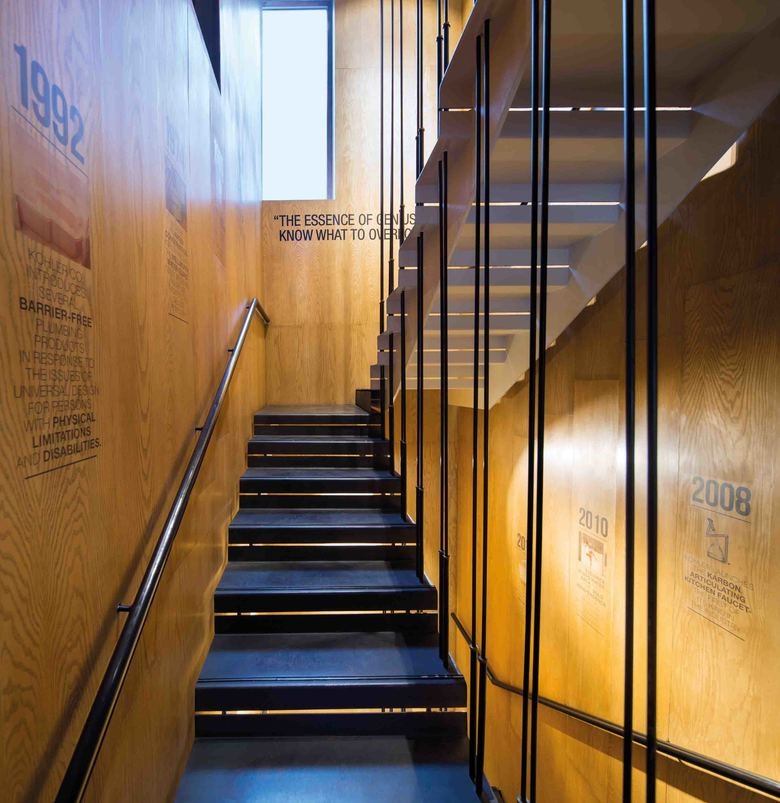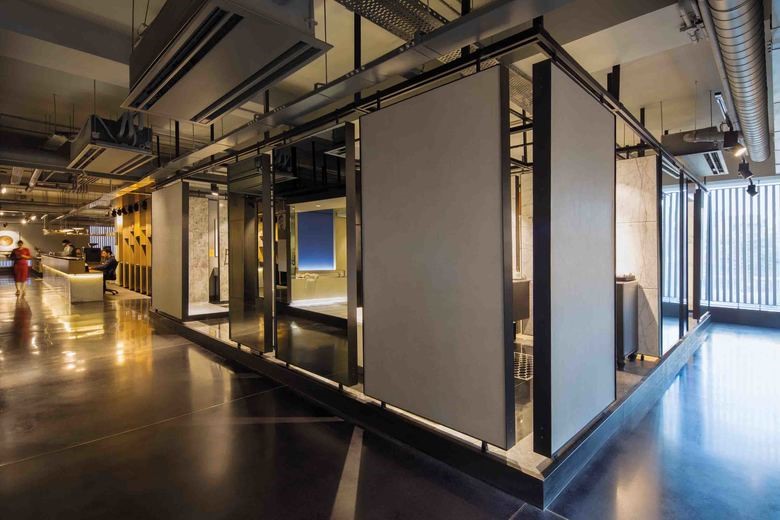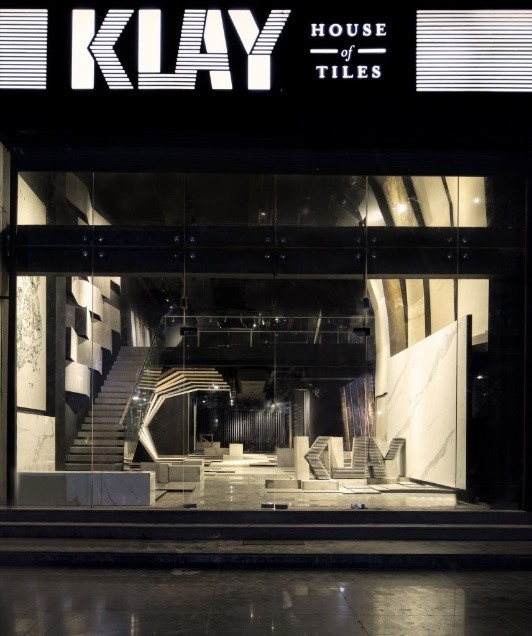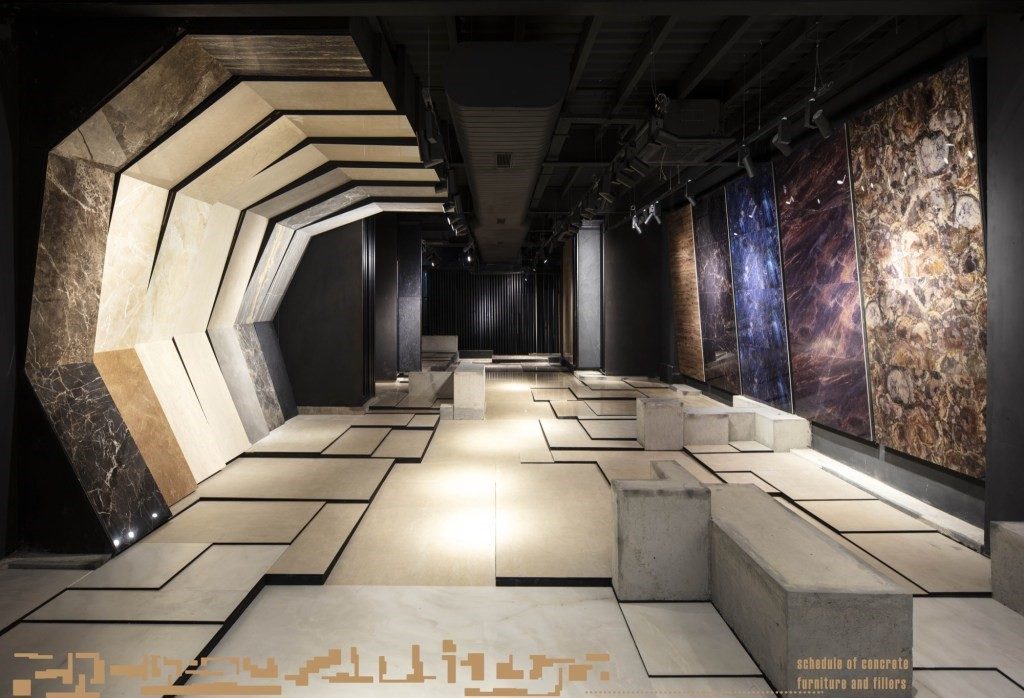
Experience Centres: A 360-Degree Customer Engagement Tool

As the client engagement methods are become multi-prong and multi-channel, every brand is looking at novel ways to reach out to customers and stand out in its positioning. With an all- pervasive access to internet, smartphones and digital content and multiple platforms apart from traditional print and television advertisements, marketing is not limited to conventional marketing spend. With Customer experience becoming a priority, brands are investing in new-age strategies to connect with their customers at a personal level. How do we know that it’s worth it? Well, according to ‘Dimension-data’, more than 80% of companies who prioritize customer experience are reporting an increase in revenue. While, according to ‘Oracle’, 86% of buyers pay more for a better brand experience. Given the trends of evolving customer behavior, the value of a product goes well beyond its features and product properties. Thus, in order to keep up with the needs of consumers, brand have to find newer ways to reach out to them through multiple channels and enable them to access the product and information in an experiential manner.
EXPERIENCE IS THE KEY
In order to achieve the objective of a fulfilling and unique customer experience, the term “Experience centre” comes into light. Various brands are revamping their existing showrooms, stores and even office spaces so as to offer a more interactive setup to potential buyers and stakeholders. Also, a number of online shopping brands are moving on to brick ‘n’ mortar stores that allow their customers to physically access the products so as to develop trust and a more personalized relationship.
It may seem challenging to create an indulging customer experience. This is where experience centre design plays a major role as a specialized field. Design integrates various aspects of an experience centre including:
• Spatial arrangement,
• Curation,
• Supporting Content, and
• Interactive IT solutions
The sales process for building material is unique in many ways where there are multiple decision makers. Not only the end customer, the architect, interior designer and often the technician (mistry) also play a role in the purchase decision. For e.g. the painter may play a role in which paint you end up buying, even though the colour may have been advised by the interior decorator or may have been chosen by the customer directly.
Also, most segments in business material division have a large number of SKUs and a very wide product profile. Lot of these are heavy and take lot of space. It is impossible for even large size retailers to keep even 20% of the product range and even more difficult for them to be able to physically show or display the same to customers. Even large experience centres may find it extremely challenging to physically display the entire product range.
This is where we feel Experience centre design, content, technology, supply chain, e-commerce and inventory management can all be woven beautifully to solve for multiple needs for a brand namely:
• Brand Creation – Creating a space to display what’s good with the brand, the product, showcase top of the line products and possibly even upsell
• Supply chain integration – The experience centre can allow customers to integrate the supply chain and allow customers to access which SKU can be found with which dealer allowing him to not waste time visiting multiple vendors. It will also encourage multi-brand vendors to house more of our brand as he would know that footfall increases if there is larger inventory of my brand, and also with a decent number of customers, the selling process is much shorter.
• Pricing Strategy – One may decide this as a hook for the pricing strategy allowing customers to upgrade, create an illusion of discount and even showcase upcoming or new products.
• Engagement with opinion makers – Most building material products team spend a sizable budget in events meant for architects and interior designers. Their pet peeve is that the follow through, product engagement in the events is not at the level it should be. Doing it in your own experience centre allows one for a better product engagement with these opinion makers and encourages them to in-turn bring their customers in.
• Omni-channel play – this could also be a vehicle for an omni-channel play, where customers can place the order for the SKU they want and the brand can decide their mode of fulfilment independently. Technology can be used to show 3D renders at the venue with SKU changes and even customised spatial drawings.
Case Studies
An experience centre displays content using various tools in a narrative to highlight the company’s USP and the journey of its products and solutions. Various brands have been doing it very successfully by telling all stakeholders of the organization about the company’s values, evolution, achievements and production process. In addition to this, offering multi-sensory experiences by engaging the consumer via AR-VR, projections, audio tools, interactive digital displays and food leaves an everlasting impression on the visitor. Let’s have a look at some of the well-done centres:
1. LEGRAND EXPERIENCE CENTRE: Legrand is known globally as a specialist in electrical and digital building infrastructure. In India, it provides end-to-end security and protection solutions such as home automation, lighting management systems, wiring devices, circuit breakers etc, to various sectors. Legrand has distinctively showcased its product line and innovations in its experience centres named ‘Innoval’. Fully automatic centres, voice-control and interactive product displays are few of the features used to curate a simple and highly immersive experience for the customers. Using its products to create the space as building blocks and being the showcase at the same time is an ingenious way of allowing the visitors to immerse themselves completely. Legrand’s “My home” automation display allows the visitor to interact and explore various automation possibilities in order to make an informed choice. In addition to this, ‘Innoval’ also aims at supporting all its partners such as investors, system integrators, installers and architects by helping them acquire new skills to
understand the market better (T&D India, 2019).


2. KOHLER INDIA: Experience centre design in Delhi witnesses a variety of sectors experimenting with the concept. The state-of-the-art experience centre by Kohler houses over 600 luxurious products. With various customer touch-points such as the designer gallery, cafe, labs and warehouse spread over 10,000 sqft, Kohler manages to elevate customer interactions by providing a wholesome experience. Brand history illustrated across the staircase, use of its products to create spaces and partitions are some of the features that stand out in terms of the centre’s look ‘n’ feel.



3. KLAY: Breaking away from the conventional display, this showroom cum studio is no less than a theatrical performance showcasing 500+ varieties of tiles. Spread over 3600 sqft in Gurugram, ‘Klay: House of Tiles’ succeeds in becoming a one stop studio for architects, interior designers and their clients to interact and explore their products in every dimension. The centre showcases the entire product range and its varied usage not just for cladding and flooring but also to create furniture and other products. Interestingly, the designer plays a significant role in customizing the display such that every tile is visible to the viewer from any point in the space. The resultant space is beyond imagination with customised lighting enhancing the spatial drama.




While all the above brands are multi-nationals who were not very long ago seen as both expensive and elitist, they have now started to penetrate slightly better in Indian markets with the upper-middle class looking at these products as aspirational and are increasingly more willing to pay the extra buck to get what they want. Apart from their other marketing spends and brand building exercise, we feel that the experience centre is also intergral to their brand building exercise and to demonstrate product superiority.

1 comments